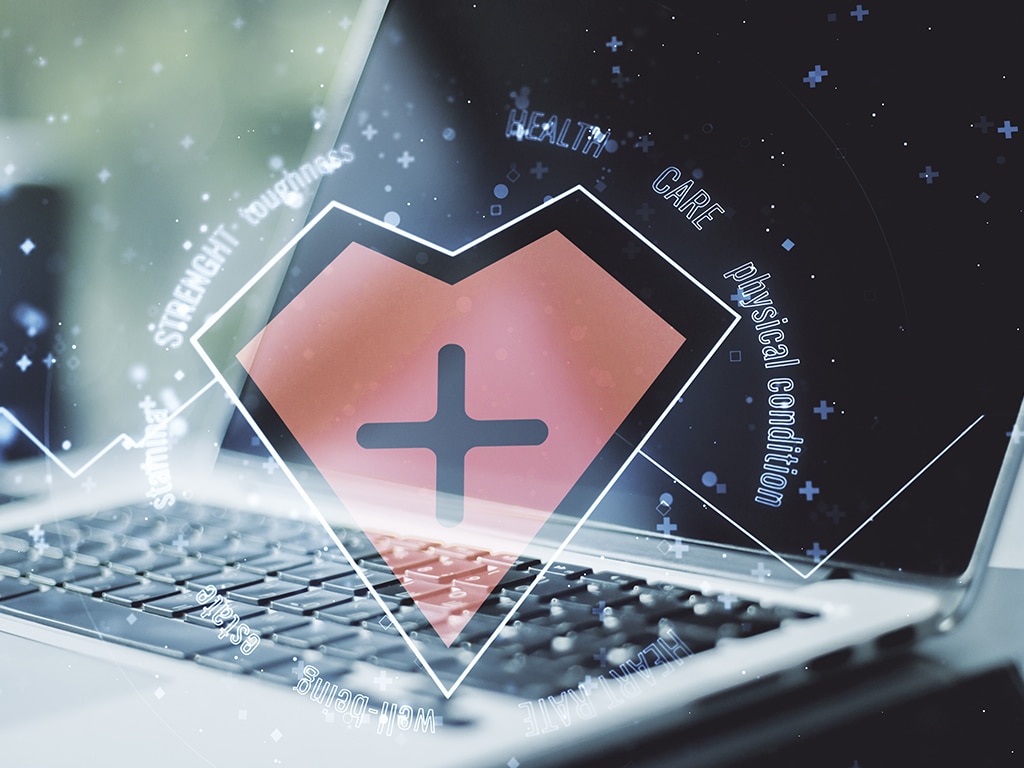As the ransomware threat landscape continues to wreak havoc on industries across the nation, healthcare providers all over the country are having difficulties receiving payment due to an attack that lasted more than a week at a technology division of UnitedHealth Group. At the end of February 2024, hackers breached UnitedHealth’s Change Healthcare division, a critical player in the intricate U.S. insurance claims processing system. This breach also disrupted electronic pharmacy refills and insurance transactions, particularly impacting independent entities, some of which resorted to manual paper transactions.
While larger, more well-resourced hospitals are better equipped to handle the brunt of a ransomware attack, many smaller locations and clinics buckle under the lack of cash reserves and access to back-up technology systems. This cyberattack has served as the latest sign that the healthcare industry is under siege from bad actors who are itching to get ahold of high value patient data and turn a profit on the dark web.
Healthcare Breaches Are On the Rise
The healthcare industry has long been a prime target for cyberattacks with significant and often highly disruptive consequences. In January of 2024 alone, the U.S Department of Health and Human Services Office for Civil Rights received reports of at least 61 healthcare data breaches, each involving 500 or more records. These breaches not only jeopardize patients’ sensitive information but also undermine trust in the healthcare system. The consequences extend beyond financial losses, impacting patient care, research, and public health initiatives.
In fact, not only do breaches place patient information at risk, but they also threaten the quality of care a hospital or clinic is able to provide. Medical operations could be disrupted, and regulatory penalties might ensue, all compromising the institution’s ability to deliver effective healthcare services. When entire systems fail, patients are locked out of online portals, scheduling services can shut down and emergency care gets greatly reduced due to limited software access.
As these aggressive hacking tactics continue to be used for exploitation, hospitals, clinics and private practices alike must invest in stronger security infrastructures, implement stringent cybersecurity protocols, and foster a culture of security awareness to mitigate such risks in the future. As medical facilities continue to digitize patient records, integrate Internet of Things (IoT) devices, and adopt more telemedicine solutions, the attack surface for cyber threats has expanded exponentially. With such technological reliance only expected to increase, attention must now focus on allocating resources to deploy advanced threat monitoring, swift vulnerability remediation and regular system updates to reduce the risk of unauthorized access and data breaches.
Implement Threat Awareness Training
However, technological solutions alone are never sufficient enough. Building a culture of security awareness among health professionals and staff is equally vital. Comprehensive training programs should be in place to educate employees about the latest phishing scams, cyber threats and social engineering tactics. A tired nurse accidentally clicking a bad link, or an overworked administrator blindly responding to a bot are avoidable mistakes made by pure human error. But by instilling a proactive approach that helps IT teams have more eyes on potential threats, every individual within the healthcare ecosystem becomes a crucial line of defense against malicious attacks.
Automate Traditional Patching Methods
Stepping up vulnerability management also requires swift remediation tactics that focus on recognizing, remediating and patching security vulnerabilities before hackers can infiltrate enterprise systems and wreak havoc. Not adequately patching software is leaving medical systems highly exposed. Manuel processes for patching have put cybersecurity professionals at a disadvantage when extensive coordination and scheduled system downtime is required. Often, fear of too many delays ultimately pushes available patches being applied by weeks or even months. Staffing shortages being seen across the cybersecurity industry also has a negative impact on the priorities that patch management has for organizations.
This is where live patching comes into play to not only lighten the load of overburdened IT teams, but to seamlessly and efficiently apply security patches to open vulnerabilities as soon as they become available. Three prime advantages to choosing a live patching approach over traditional methods includes:
- Timely Vulnerability Mitigation: Proactive patching ensures that vulnerabilities are addressed as soon as patches become available. This significantly reduces the window of opportunity for attackers, minimizing the risk of successful exploitation.
- Reduced Downtime and Disruption: Applying live patches minimizes the risk of unexpected system failures, crashes, or downtime resulting from unpatched vulnerabilities. This ensures smooth operations, uninterrupted services, and increased customer confidence.
- Reduced Risky Reboots: Live patching eliminates the need for scheduled maintenance windows in which a system can be rebooted or services. Rolling reboots and restarts themselves can be risky and disruptive to an organization’s business and daily operations if forced to shut down temporarily.
Consistent patch management is essential for effective enterprise security and even more beneficial for the healthcare industry as it strengthens its mitigation tactics against future attacks. By automating the patching process and minimizing needed downtime and reboots for medical institutions, risk factors and potential attack surfaces can be greatly reduced, thereby enhancing the overall cybersecurity resilience.
About the Author
 Joao Correia serves as the Technical Evangelist for TuxCare, a global innovator in enterprise-grade cybersecurity for Linux. Joao can be reached online at jcorreia@cloudlinux.com , https://www.linkedin.com/in/joao-correia-281a5a94/ and at our company website www.tuxcare.com
Joao Correia serves as the Technical Evangelist for TuxCare, a global innovator in enterprise-grade cybersecurity for Linux. Joao can be reached online at jcorreia@cloudlinux.com , https://www.linkedin.com/in/joao-correia-281a5a94/ and at our company website www.tuxcare.com

